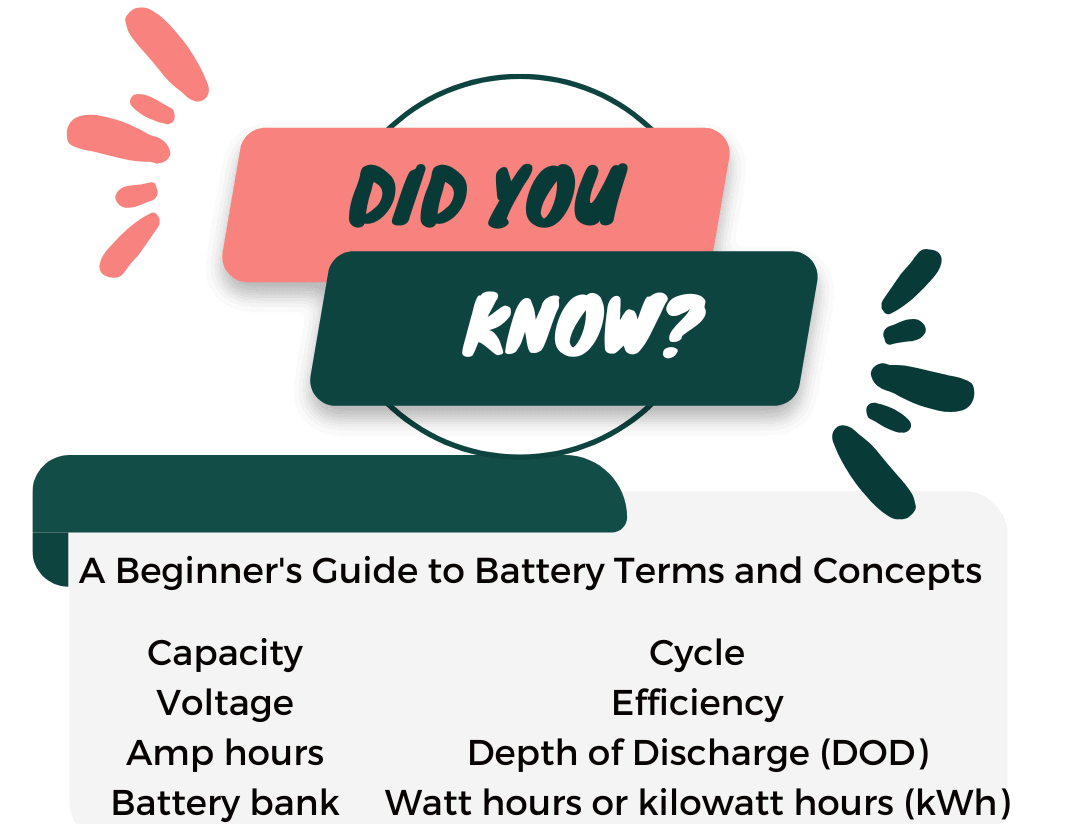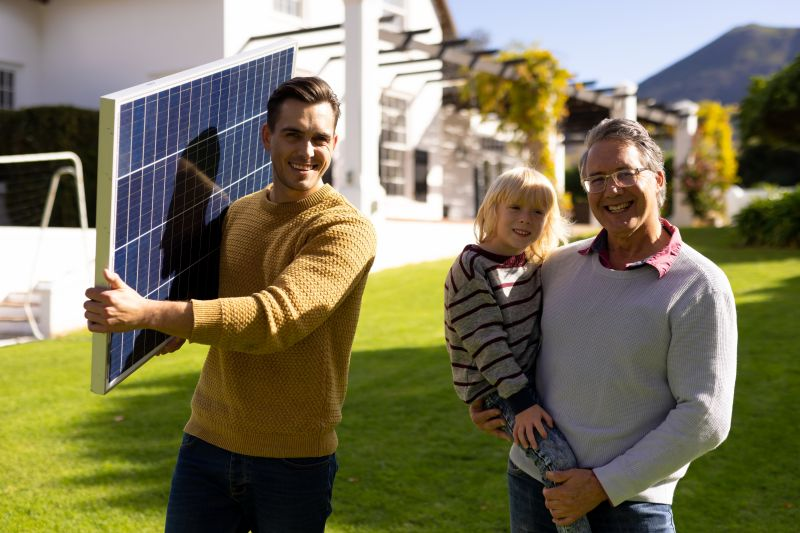New energy is an essential part of our modern society. As climate change issues become increasingly pressing, there is a growing need to rely on renewable energy sources to reduce our dependence on fossil fuels. Renewable energy sources such as solar and wind power are gaining popularity, and battery banks play a crucial role in storing and releasing this energy to ensure we have power when we need it. In this article, we will provide a detailed guide on how to determine the size of a battery bank to meet your energy needs. As an example, we will consider a daily usage of 10 kilowatt-hours.
The Importance of Battery Bank Size
One of the most challenging aspects of purchasing batteries is correctly determining the size of the battery bank to meet the requirements of your system. If the battery bank is too small, you may end up relying heavily on generator fuel when there is a shortage of power. On the other hand, if the battery bank is too large, it can lead to unnecessary cost wastage, as you may need to add more solar panels or a larger generator to charge the oversized battery bank.
The size of a battery bank is typically based on the amount of electricity you use each day, usually measured in kilowatt-hours per day (kWh/day). If you are uncertain about your daily power consumption, we recommend using an off-grid sizing calculator to help you find the right direction. For our example, let's assume a daily usage of 10 kilowatt-hours.
Calculating Battery Bank Size
Once you know your daily energy consumption, you can calculate the size of your battery bank using the following method:
Start with your daily energy usage (e.g., 10 kWh/day).
Account for battery efficiency factors. For lead-acid batteries, efficiency is typically around 80%, while lithium batteries are approximately 95% efficient.
- Lead-acid: 10 kWh x 1.25 (efficiency)
- Lithium: 10 kWh x 1.05 (efficiency)
Consider the depth of discharge (DOD). Typically, lead-acid batteries have a DOD of around 50%, while lithium batteries can go up to 80%.
- Lead-acid: 10 kWh x 2 (50% DOD)
- Lithium: 10 kWh x 1.25 (80% DOD)
Add in efficiency factors for the inverter and charge controller. Generally, a 5-10% efficiency factor works for most equipment.
- Lead-acid: 10 kWh x 1.1 (efficiency)
- Lithium: 10 kWh x 1.05 (efficiency)
Account for the impact of temperature, which can affect battery capacity. Assuming an environmental temperature of 60°F, you can use temperature multipliers provided in the specific specifications sheet.
- Lead-acid: 10 kWh x 1.05 (temperature multiplier, based on 60°F environmental temperature)
- Lithium: 10 kWh x 1.05 (temperature multiplier, based on 60°F environmental temperature)
Results of Battery Bank Capacity Calculation
The above formulas will tell you how many kilowatt-hours (kWh) of battery capacity are needed to meet your daily electricity demand, taking into account battery efficiency, DOD, inverter, charge controller efficiency, and temperature factors. For our example of 10 kWh per day, the calculations are as follows:
- Lead-acid: 10 kWh x 1.25 x 2 x 1.1 x 1.05 = 28 kWh of lead-acid battery capacity
- Lithium: 10 kWh x 1.05 x 1.25 x 1.05 x 1.05 = 14.47 kWh of lithium battery capacity
These numbers represent the minimum capacity of your battery bank because these formulas are based on supplying one day's worth of power. Your solar array (and backup generator) will need to be designed to recharge the batteries every day.
It's worth noting that lithium battery banks have smaller overall capacities because they can handle deeper discharges and have higher efficiency.
Converting Battery Capacity to Amp-Hours (Ah)
Most batteries are rated in amp-hours (Ah). To find a suitable battery bank, divide the overall capacity (as calculated above) by the voltage. Here are some examples:
Lead-acid batteries:
- 28 kWh / 48 volts = 583 amp-hours
- 28 kWh / 24 volts = 1,166 amp-hours
- 28 kWh / 12 volts = 2,333 amp-hours
Lithium batteries:
- 14.47 kWh / 48 volts = 301.46 amp-hours
- 14.47 kWh / 24 volts = 602.92 amp-hours
- 14.47 kWh / 12 volts = 1,205.83 amp-hours
Generally, larger systems use higher voltages (24 or 48 volts) because higher voltage is more efficient, requires smaller wiring, and allows you to install more solar panels on each charge controller. Most larger inverters are rated for either 24 or 48 volts.
The choice of system voltage is based on several factors, but battery capacity (in kWh) is the best starting point for designing an off-grid system. Begin by understanding how much battery capacity you need each day, and then size the other components of the system, such as solar panels and inverters, to meet that demand.
About Green Power
Green Power is a sustainable energy provider that is continuously improving our way of life. It helps reduce greenhouse gas emissions, lowers energy costs, and ensures a habitable planet for future generations. In the realm of green energy, Green Power has been dedicated to providing high-quality solar panels to help households and businesses achieve their sustainable energy goals.
If you need assistance with solar panels or battery bank sizing, feel free to contact the solar experts at Green Power. We offer free estimates and can help you choose the solar solution that best suits your needs, maximizing your energy output.
In Conclusion
The size of the battery bank is crucial for renewable energy systems. Determining the correct battery bank size ensures that you have enough power supply when needed while avoiding unnecessary cost wastage. By using the methods outlined above to calculate battery capacity, you can better meet your energy needs, making your solar or wind energy system more efficient. If you have any questions about solar panels or battery bank sizing, don't hesitate to consult the experts at Green Power. We are here to support you in realizing your vision of sustainable energy.
If you're interested in learning more about our solar energy storage offerings, we encourage you to explore our product line. We offer a range of panels and battery that are designed for various applications and budgets, so you're sure to find the right solution for your needs.
Website:www.fgreenpv.com
Email:Info@fgreenpv.com
WhatsApp:+86 17311228539
Post time: Sep-10-2023














